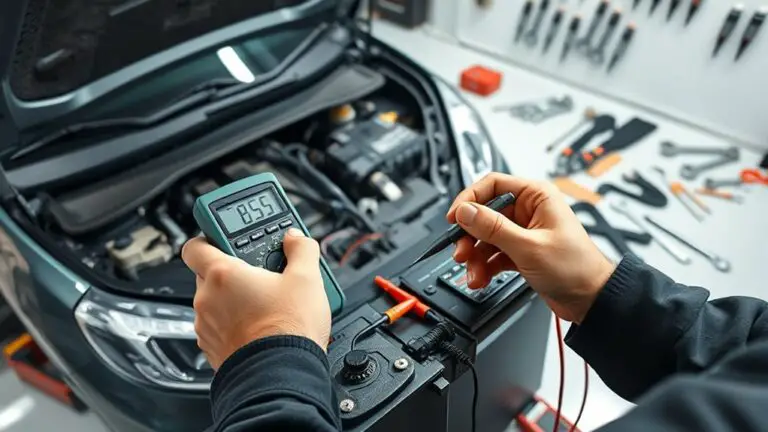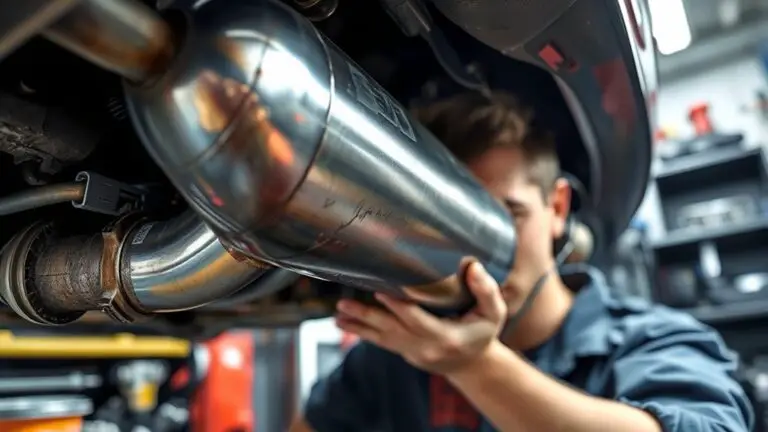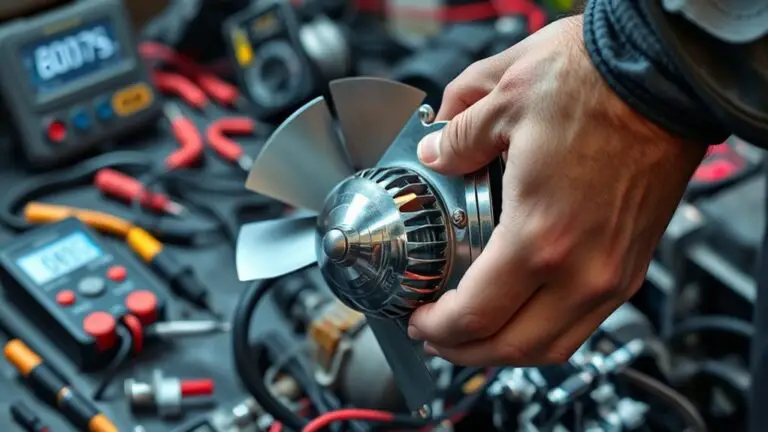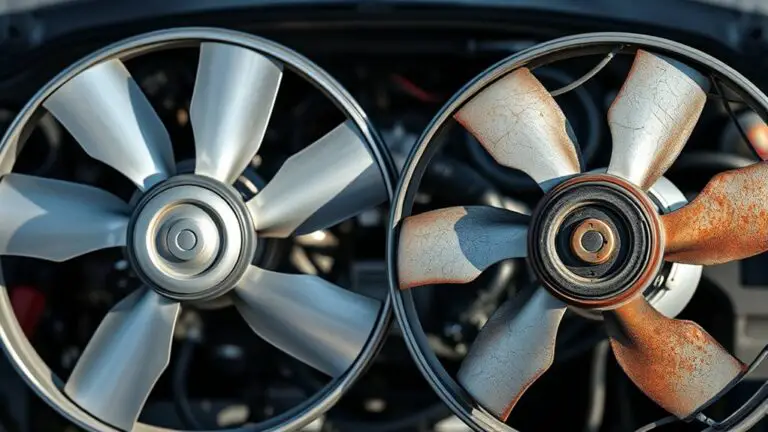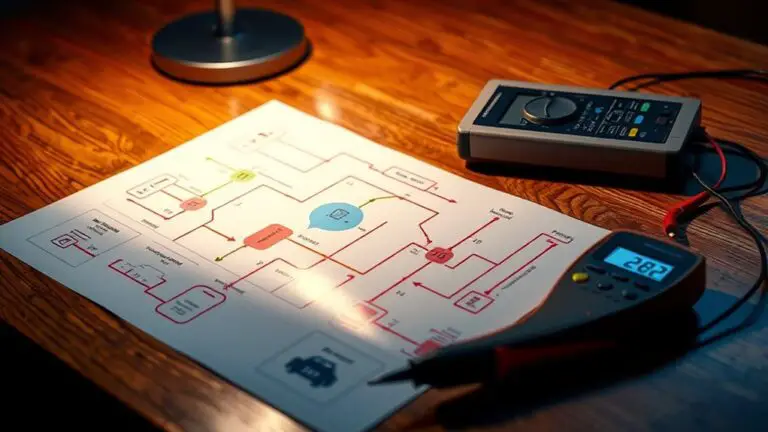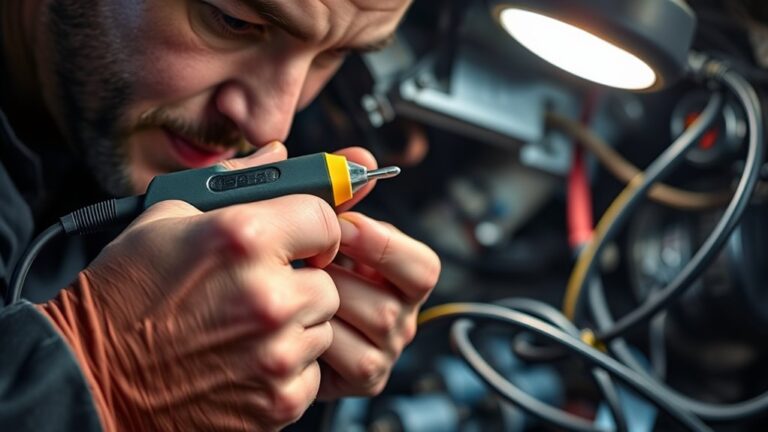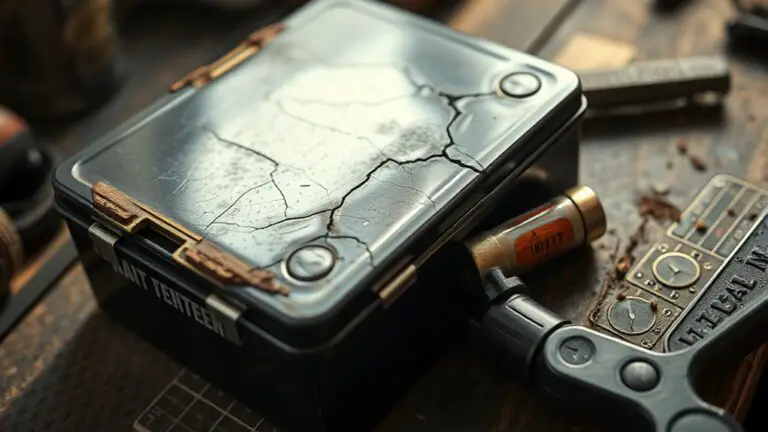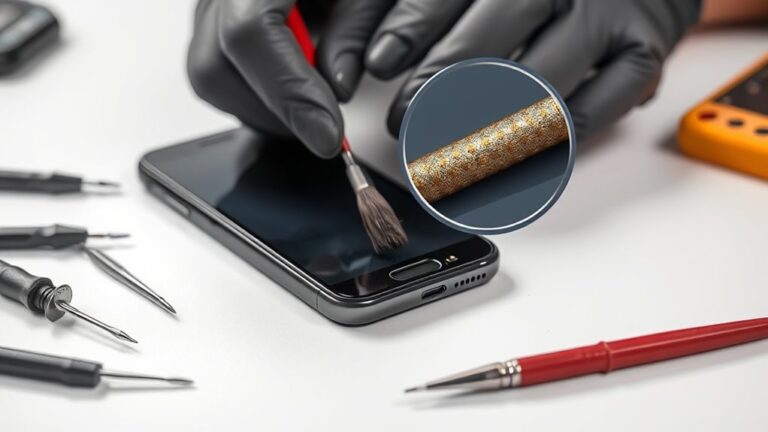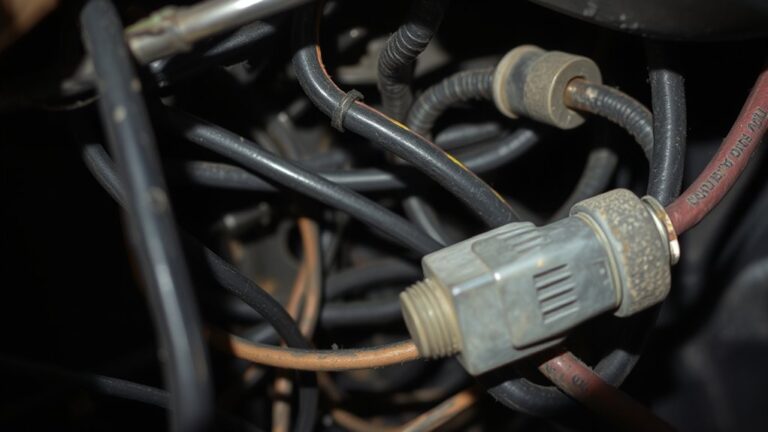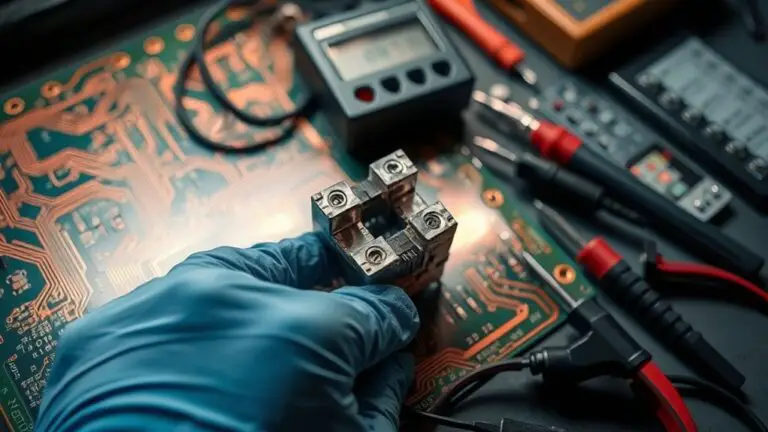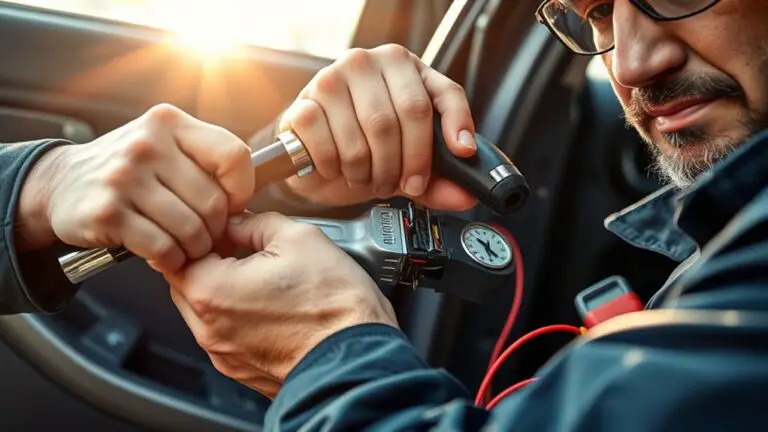How to Diagnose Battery Won’t Hold Charge in a Sedan and Fix It
A good way to diagnose a sedan battery that won’t hold a charge is to test health and charging first. Start with a load test to see how the battery holds voltage under load, then check the alternator’s output with the engine running and at 2,000 rpm. Inspect belts and connections for wear or corrosion,…

